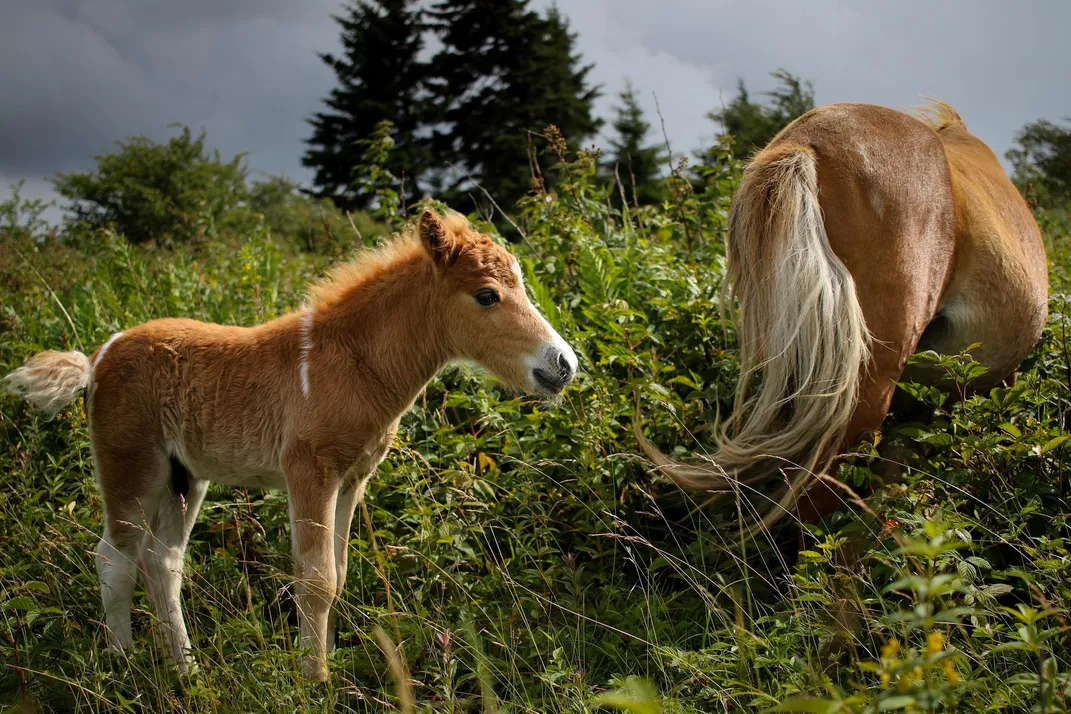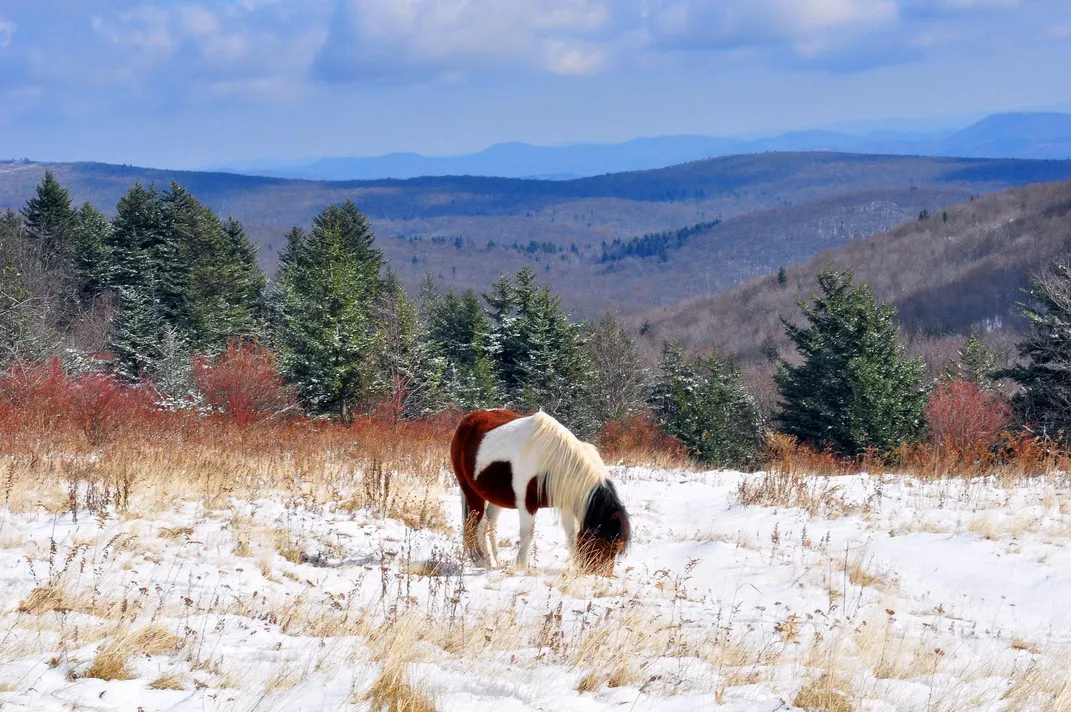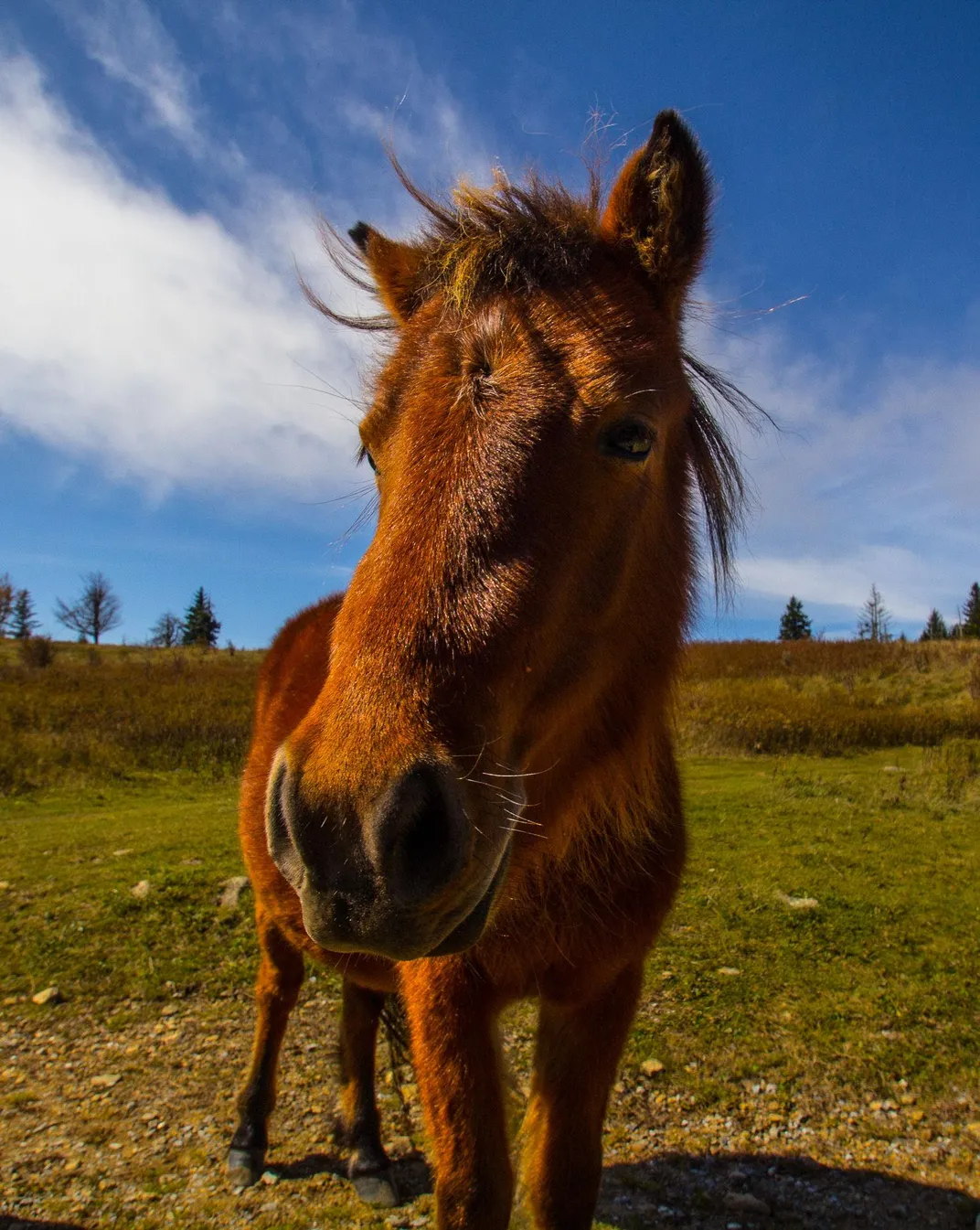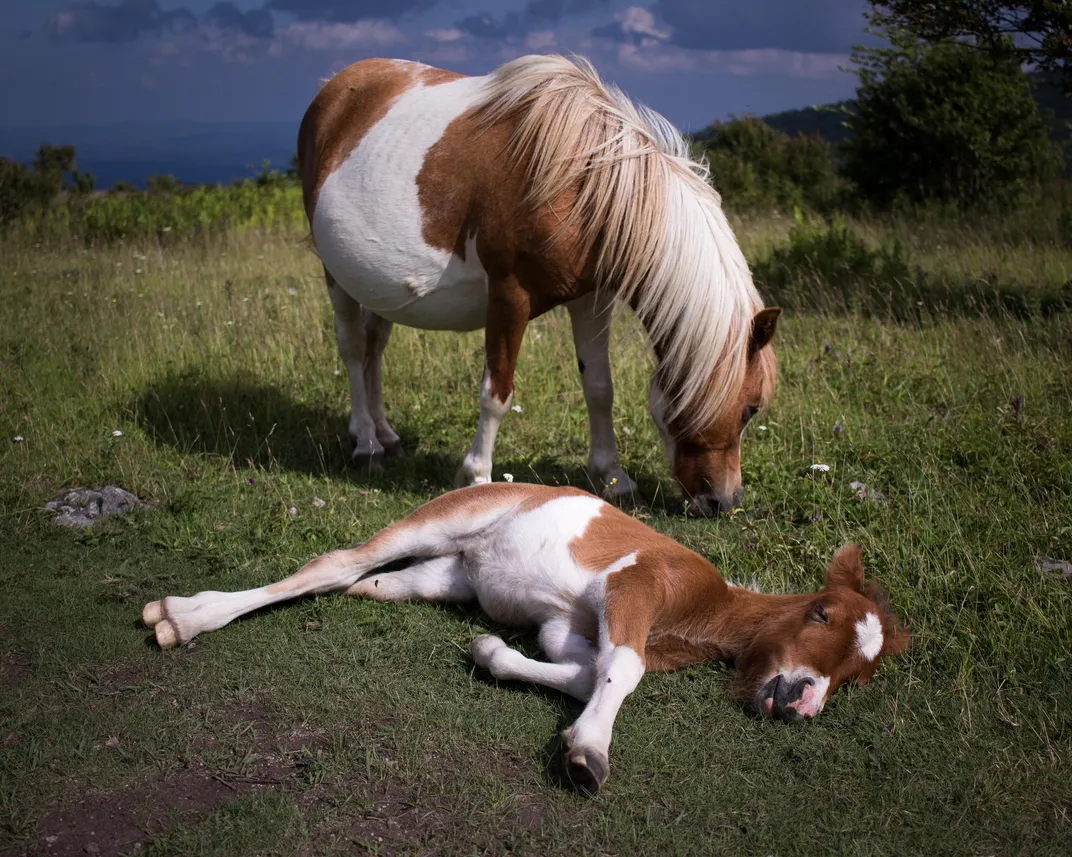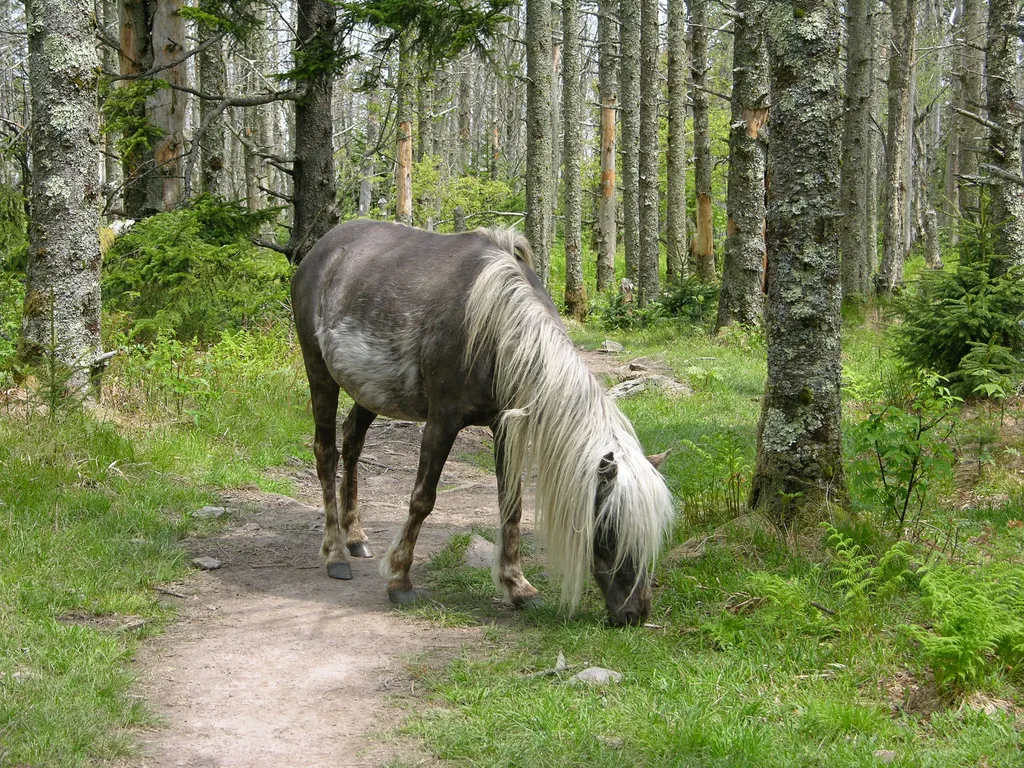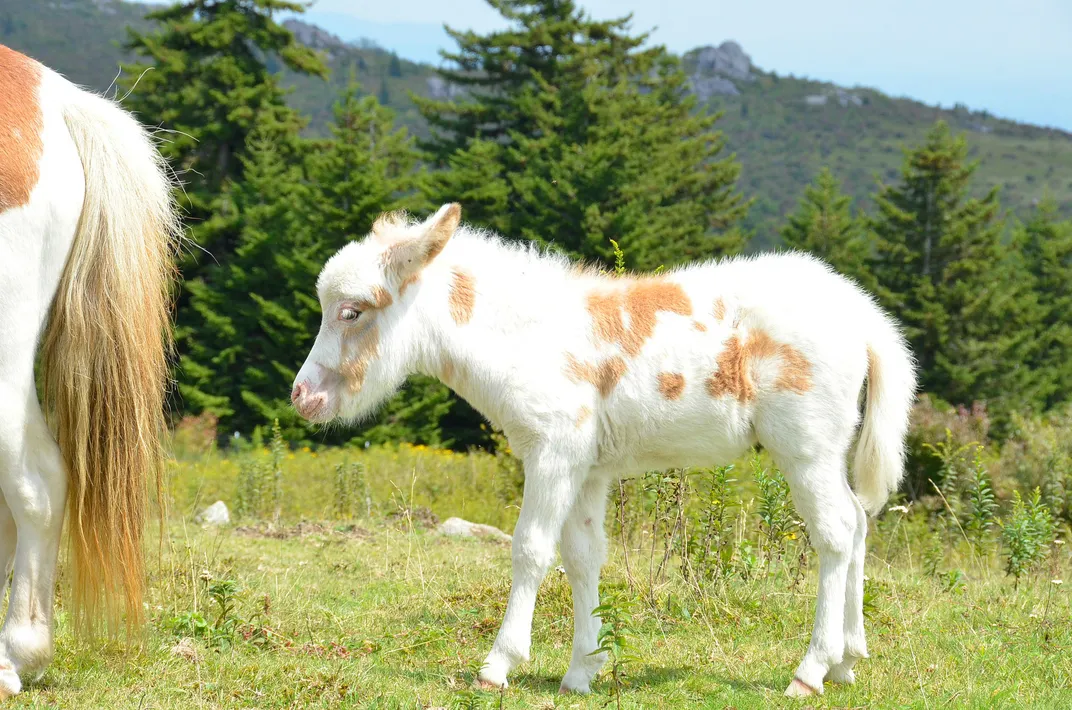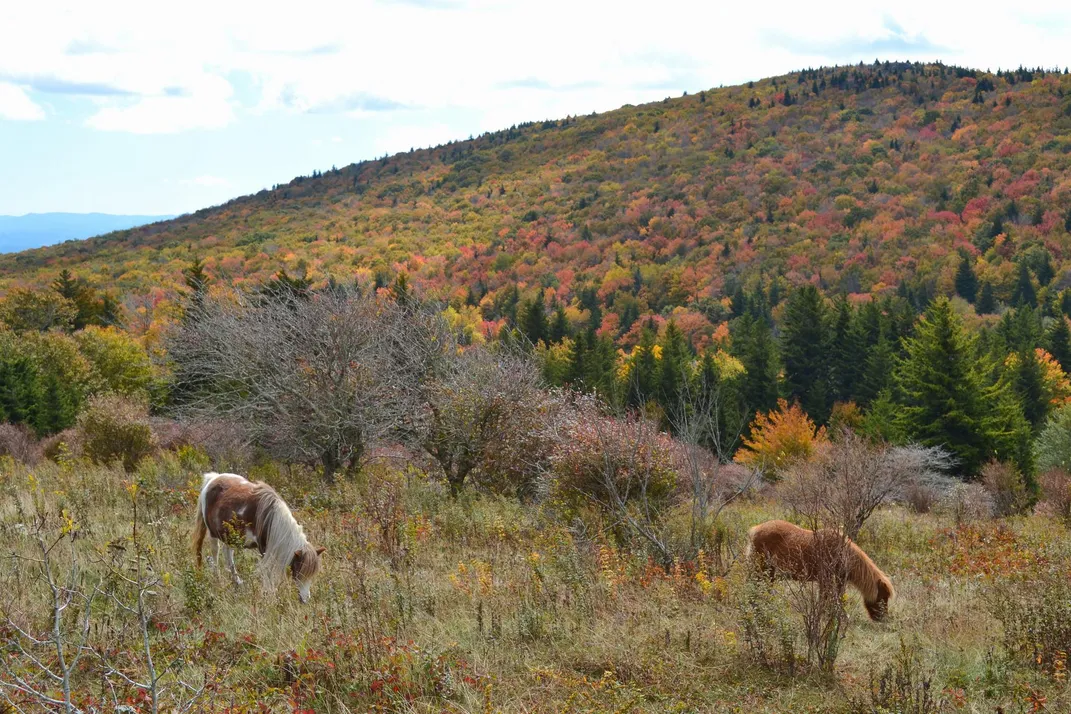The Only Place on the Appalachian Trail Where You Can See Wild Ponies
More than 100 ponies roam free on the slopes of Virginia’s highest peak
More than 100 wild ponies roam wild within Mount Rogers National Recreation Area and neighboring Grayson Highlands State Park in southwestern Virginia, but one in particular stands out. With his flowing mane of platinum-blond hair, which swoops nonchalantly over his eyes, the stallion calls to mind a certain popular model and actor from the 1990s whose sweeping mane graced hundreds of romance novels. Noticing a glaring similarity, park rangers dubbed the mammal Fabio and the name stuck.
“Fabio had been the leader of one of the herds for years,” Sara Abbott, the park’s recreation program manager, tells Smithsonian.com. “But then we noticed that the mares were no longer giving birth to young in that herd, so we concluded that Fabio isn’t able to do what he needs to do anymore.”
Despite Fabio's sexual shortcomings, the population of roughly 100 wild ponies that lives in the 200,000 acres of national forest and grasslands surrounding Virginia's highest mountain are healthy and have been drawing crowds to this corner of the state for decades. Fabio is also not the only male, so the herds are regularly reproducing and creating future generations. It’s one of the few remaining places in the United States where equines are unbridled, and one of only a handful populated by ponies. (If you’re wondering, the key difference between horses and ponies is height. Generally speaking, an equine shorter than 14.2 hands, or approximately 57 inches, is considered a pony, according to the U.S. Equestrian Federation.
Though the backstory on how these majestic creatures got to this forested expanse of land in the first place is murky, the most commonly accepted one is told by the U.S. Forest Service, which manages the area. The agency maintains that a group of local ranchers wanted to breed small-statured horses that could survive life on the Appalachian Mountains with little to no human interference. In a bid to engineer the land around them, they bred a horse with a pony and the lineage resulted in the wild ponies living there today.
“The ponies have been in these mountains since the 1940s, prior to the National Forest ownership that occurred in the 1960s,” Abbott says. In 1974, she notes, the Wilburn Ridge Pony Association was formed to take ownership of the ponies, help manage them and use them to graze and maintain the grassy area.
While there are many hiking routes throughout the recreation area, one of the most popular is along the Appalachian Trail, which cuts through Mount Rogers. It's not uncommon to see the ponies there.
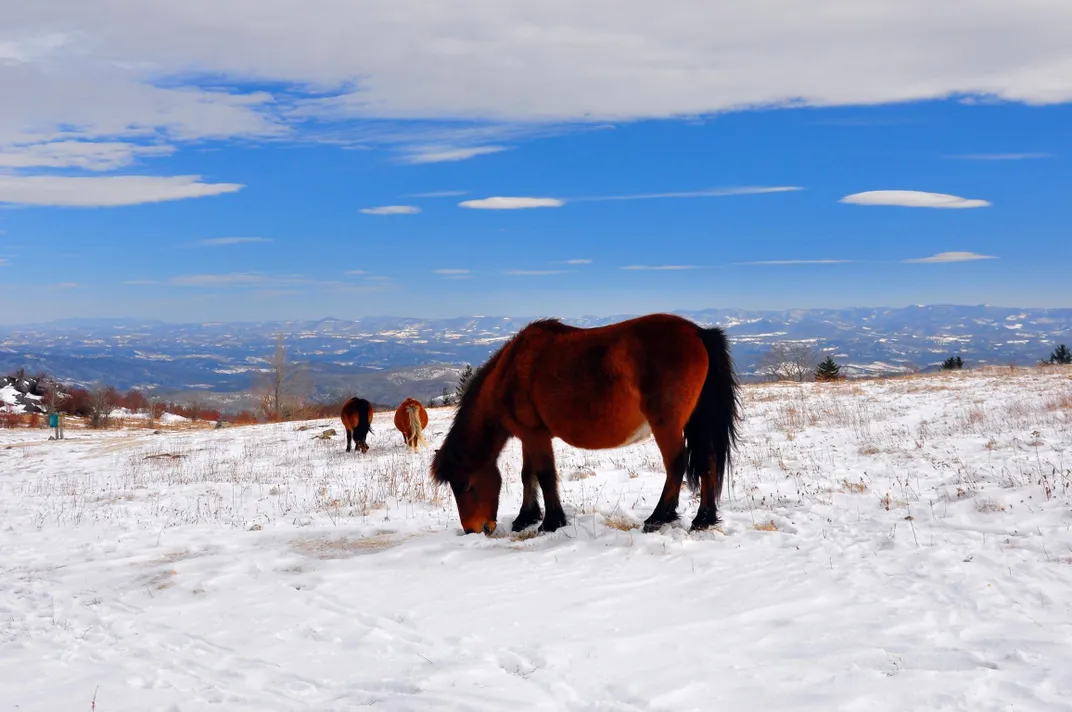
Every fall, members of the association round up the ponies and give them a quick once-over to check for any illness and injuries. Otherwise, the multiple herds are left to their own devices to munch on grass and swat flies with their tails. And although visitors are encouraged to photograph the animals and enjoy their presence, feeding and petting them is strictly forbidden—they are wild animals, after all.
The limited amount of human interaction they do receive is mostly regulated to the annual fall roundup. Over the years, cowboys have fine-tuned the task, trading in their lassos for salt licks. They put salt blocks in two different locations, then let the essential minerals lure the ponies in.
"They’re never able to round up all the ponies or herds," Abbott says. They do a visual health check and remove mostly young males [to prevent too many young], and sometimes a couple attractive mares that will do well at auction. Then the ponies are taken by truck and trailer to the auction.”
This year’s auction will take place during the 40th-annual Grayson Highlands Fall Festival on September 24 and 25 and will include live bluegrass music, pioneer-living demonstrations, a crafts fair and food booths.
Does the same fate await Fabio? No: Thanks to his popularity with park visitors, for the foreseeable future he’ll remain off the auction block.
/https://tf-cmsv2-smithsonianmag-media.s3.amazonaws.com/filer/7d/3f/7d3fc79d-3f32-4eb5-8749-5e3026eedc4f/istock_26028736_large.jpg)
/https://tf-cmsv2-smithsonianmag-media.s3.amazonaws.com/filer/9d/3b/9d3b6095-838c-4f7c-bace-f23515eb6929/istock_26396107_large.jpg)
/https://tf-cmsv2-smithsonianmag-media.s3.amazonaws.com/filer/04/16/0416133d-ba65-4444-806d-a4befb493b9e/istock_50911752_large.jpg)
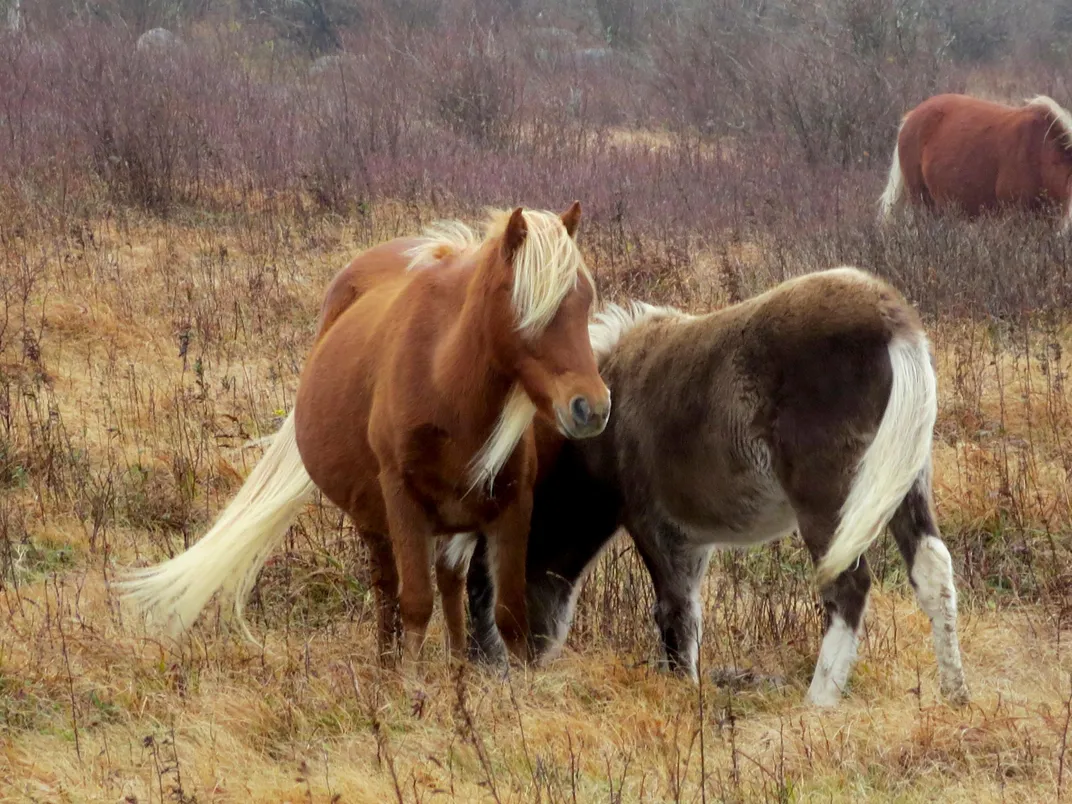
/https://tf-cmsv2-smithsonianmag-media.s3.amazonaws.com/filer/97/da/97da2084-1d40-4471-9a38-4ca98378e001/18960416272_3ee26cf4ba_b.jpg)
